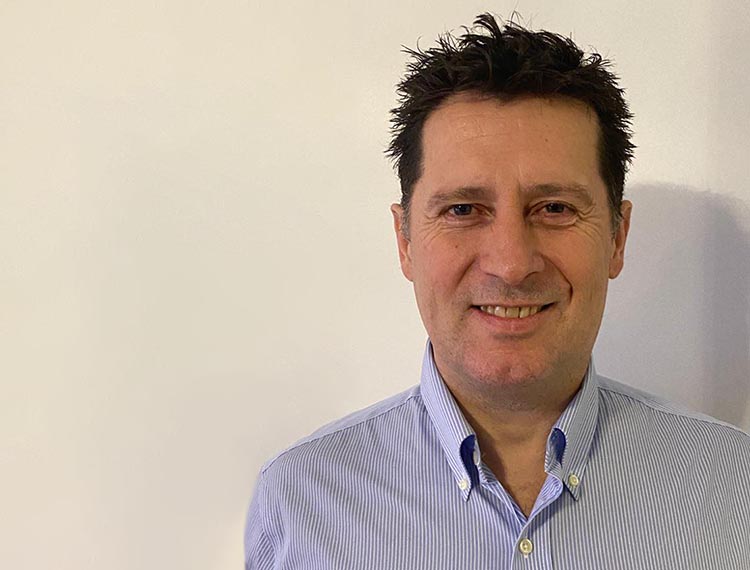A new approach to tackling the “cauldron of COVID” in schools and colleges

In many ways, the pandemic has been a guessing game. From the beginning, governments have gambled on the appropriate times to implement or raise social restrictions while attempting to find a balance between economic and physical wellbeing.
The impact of school returns on infection rates in England, however, does not require guesswork.
Data from Public Health Scotland – which has seen schools return weeks in advance of their English counterparts – has already shown us the shape of things to come, with cases tripling in the first half of August alone.
As such, it’s no wonder that Shadow Schools Minister Peter Kyle called schools a “cauldron of COVID” as the new term began in England. And we now know that COVID cases in children and young people need to be taken seriously, since – as the British Medical Journal has recently noted – “even the lowest current estimate of 2 per cent for rates of long COVID in children will see thousands more children end up with long term symptoms.”
Though UK-wide vaccination rates are encouraging, it’s important to remember that these will have little effect on school-aged children: 12-15-year-olds were not eligible when term began, while 16-17-year-olds only became eligible for their first doses on August 23rd, which did not leave enough time for the dose to become effective before their schools and colleges reopened.
While troubling, these figures don’t mean we should throw our hands up in despair. Instead, we simply need take a fresh look at current mitigations and think creatively and proactively about how to make schools and colleges safe.
Insufficient mitigators, unavailable vaccines
According to official government guidance, the era of social distancing, bubbles, and face masks is at an end for schools in England and Wales – individual headteachers can make these decisions according to their own preferences.
Even when presented with symptomatic students, the government is reluctant to embrace isolation. Schools are advised that refusing to admit symptomatic pupils must be “carefully considered” – encouraging schools to see refusal as a possible option rather than a first resort.
We needn’t speculate on the outcomes of this lackadaisical approach: even at the end of the last school term, the number of young people hospitalised with COVID reached its highest level of 53 admissions per day according to SAGE scientist Christina Pagel.
Of course, schools may choose to implement safety measures without government support. But reports from earlier this year suggest a fierce resistance to policies like mask-wearing, with organisations including parents’ group Us for Them threatening legal action against schools that try to implement compulsory face coverings.
Against this backdrop of relaxed rules and resistance to optional mitigations, the only practical safety measures that remain are clearly insufficient: enhanced cleaning regimes have limited effect on an airborne virus, while ventilation is only a comfort to those sitting upwind of an infected student.
With vaccines arriving too late to be of immediate use to school-aged individuals, resistance to measures like face masks, and the laxity of official government guidance, we clearly need to look for other options – methods for keeping students safe without relying on the actions of others.
Finding a middle ground
Given the insufficiency of current mitigations for schools and colleges, then, what kinds of alternative safety measures should we explore?
Recent moves from the Department of Education have hinted at the value of technology that interacts with the air around us. The DoE has pledged to provide schools with 300,000 carbon dioxide monitors from September, with a view to identifying areas with limited airflow and, by extension, a high risk of viral transmission.
This is the right idea – but why stop at analysing the air? Recent advances in active air purification technology means we can now clean the air itself, eliminating COVID particles at the point of transmission while simultaneously sanitising surfaces.
The majority of current COVID mitigations, as we have seen, have limited possibilities because they are difficult to enforce. Schools no longer have government mandates for distancing and masking; they can’t control vaccine eligibility or force vaccine hesitant pupils or parents to have their jabs; they can’t even control the size and number of available windows for ventilation purposes.
By embracing Photohydroionisation active air purification technology, by contrast, schools can keep students safe without the need for any kind of behavioural change in their students or staff, without needing to enforce any rules, and without needing to wait for the much-delayed rollout of vaccines – whether first dose or second – for everyone from the ages of 12-18.
Despite the lacklustre safety mitigations that schools have been left with, the pandemic isn’t over yet. But by taking advantage of proven technologies that look beyond current measures and aren’t dependent on vaccination, schools can play a vital role in safeguarding not only their own students, but a broader society whose health lies in the balance.
Andrew Hobbs, Founder & CEO, Better Indoors, active air purification and HVAC specialists











Responses